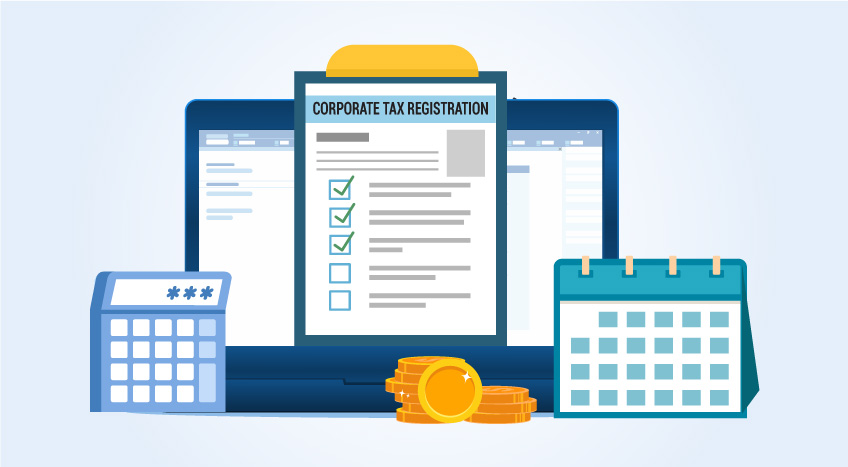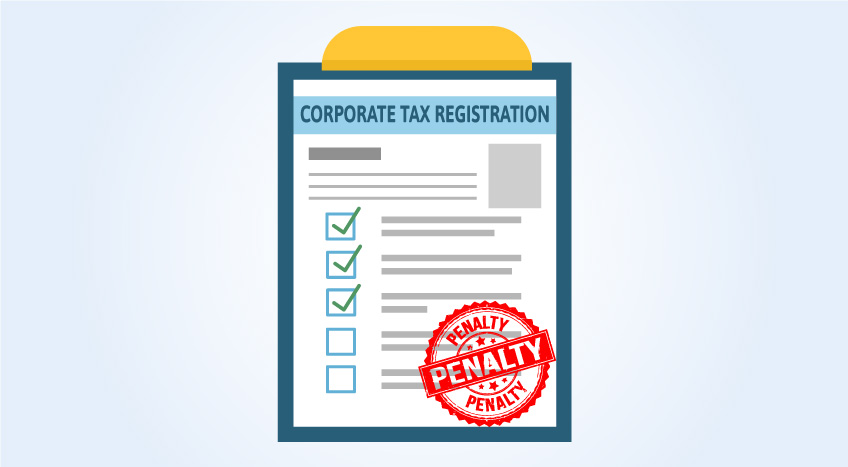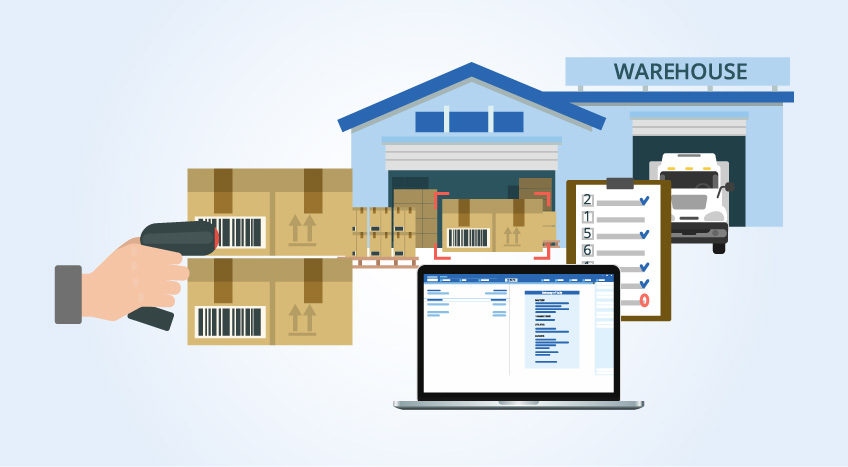Tally Solutions | Updated on: November 23, 2021
Discount is often used as a sales strategy by businesses to attract their customers. A Discount is referred as a reduction in price. The seller deducts the discount from the gross or total price, and the buyer is supposed to pay the net amount. It is one of the oldest sales strategies to lure the buyer to buy more or drive him to buy the product or to make on-time payment, especially in the case of B2B market.
While the reasons for providing discount are many but the point here is ‘How are the discounts treated in UAE VAT? For businesses, the practice of providing discounts is not new, but they will be interested to know, how the practice of providing discounts will be treated in the UAE VAT regime? This is something new which businesses need to understand and accordingly make the suitable change, if any, considering the possible impact on their sales strategy.
The common question which most of us might be having is, will VAT be charged on the value after considering the discount? Or on the full value of supply without considering the discount?
Let us understand the provisions related to discount in UAE VAT Law and answer the above question.
The UAE VAT Law provides the guidelines on how to treat discount provided on the supply of goods and services. In UAE VAT, the value of a supply should be reduced in proportion to discounts made before or after the date of supply. In other words, the VAT will be charged on the value which is arrived after considering the discount.
For example, the value of supply is AED 10,000 and discount is AED 500. In this case, the value of supply will be AED 9,500 which is arrived after considering the discount value.
The discount will be allowed to be reduced from the value of supply only if the following conditions which are prescribed in UAE VAT Executive regulations are met:
- The customer has benefited from the reduction in price
- The supplier funded the discount
The above conditions are quite clear that the benefit of discount should be passed on to the customer and more importantly, the discount should be funded by the supplier.
Let us understand with an example.
Ali Spares Ltd sells accessories worth AED 100,000 to Abdul Automobiles. They also provide a discount of 5% on the price, as part of the festival scheme.
|
Invoice |
|||||
|
Sl.No |
Description of Goods |
Quantity |
Rate(AED) |
Per |
Amount (AED) |
|
1 |
Spare Parts |
100 |
1000 |
Nos |
100,000 |
|
|
Discount 5% |
|
|
|
-5,000 |
|
|
VAT @5% |
|
|
|
4,750 |
|
|
Total |
100 |
|
|
99,750 |
In the invoice,
- Spare parts value is 100,000 AED
- Discount of 5% i.e. 5000 AED is deducted from the of value supply
- VAT is charged is on 95,000 AED (100,000 AED – 5000 AED * 5% VAT)
From the above example, it is clear that the VAT will only be charged on value after discount. As a result, we foresee that the existing business practice of providing discounts will continue without any changes as long as you meet the discount conditions mentioned above.
Read more about UAE VAT
UAE VAT Return, VAT in UAE, How Does VAT System Works, Frequently Used Terms in VAT, VAT Exempt Supplies in UAE, VAT Return Form 201, Tax Audit under VAT in UAE, Supply under UAE VAT, Supply of Goods and Services in UAE VAT, Input Tax Recovery under VAT in UAE, VAT Return Filing in UAE, VAT Return Filing Period in UAE, Tax Agent under UAE VAT
VAT Rate
VAT Rate in UAE, VAT Rates Applicable to Education Sector in UAE, Difference between Zero Rate, Exempt and Out of Scope Supplies in UAE VAT, UAE VAT Rates- Handbook, Standard Rated Purchases/Expenses in VAT Form 201, How to Furnish Standard Rated Supplies in VAT Return Form 201, Zero-Rated and Exempt Supplies in VAT Form 201, Zero-Rated Supplies in UAE VAT
VAT Calculator
VAT Calculator, How to calculate VAT under Profit Margin Scheme
Latest Blogs

How to Register for Corporate Tax in the UAE

Late Registration Penalties in UAE Corporate Tax




